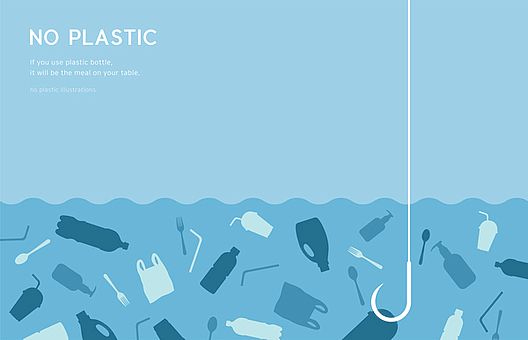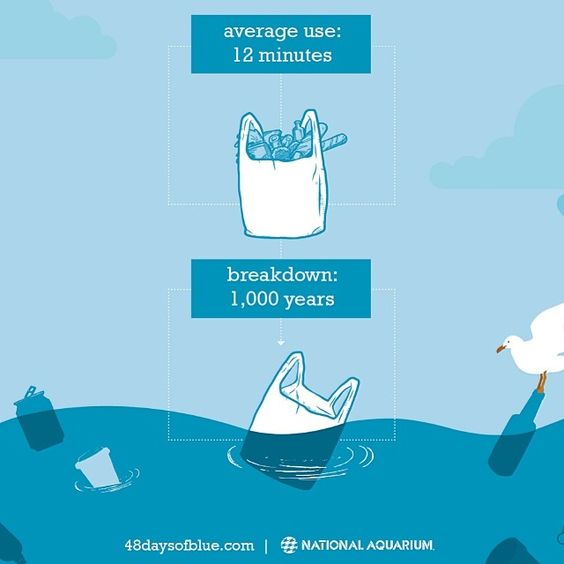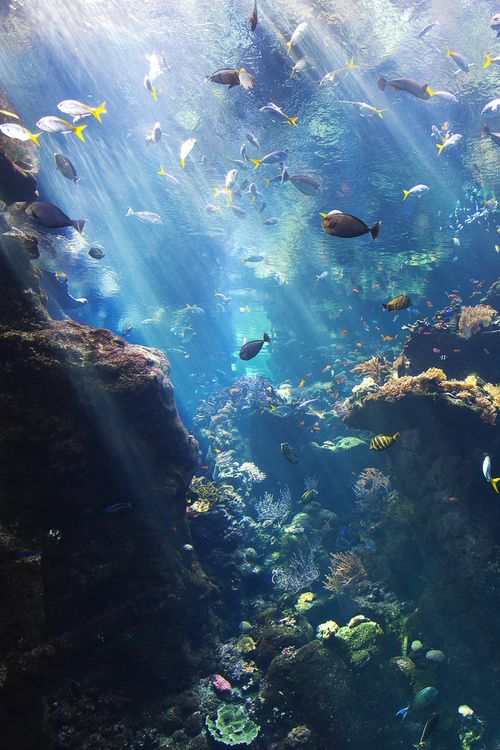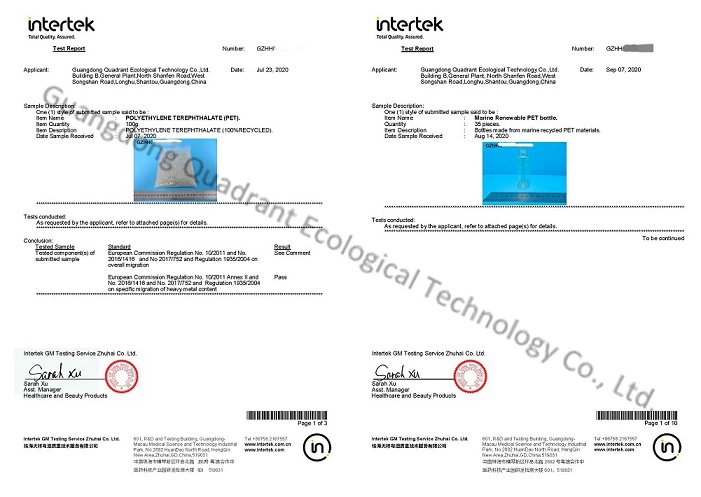The United Nations at the 63rd session of the United Nations General Assembly on June 8 each year as "World Oceans Day". The oceans are the lungs of the earth and provide us with oxygen; The ocean is the key to the ecosphere and contains rich resources. The sea is the cradle of life. Yet human activity is taking a terrible toll on the sea world. According to a 2015 study, 8.8 million tons of plastic are released into the oceans each year, and at this rate the total weight of plastic in the oceans will exceed the weight of fish by 2050. The Ocean Conservancy, an American Marine conservation organization, has pointed out that 80% of Marine plastic garbage comes from the land, 20% comes from the ocean-based. Land plastic garbage is mainly plastic waste generated on the land that is washed into the Ocean by rivers or coasts. Marine plastic garbage is mainly the abandoned objects of Marine operations, such as fishing nets and discarded ships.

Plastic is widely used in social production because of its light weight and stable chemical properties. Plastic is highly malleable, can be transparent or completely opaque, and can be processed into any form or shape. Plastic is often used in the packaging of food or drinks, as well as in everyday objects and utensils. Industrial production of plastics began in the 1950s and has grown in use ever since. The widespread application of plastics has brought convenience to life, but it has posed great threat to the environment, especially the Marine environment. More than 8 million tons of unprocessed plastic waste is dumped into the sea each year. These plastics take countless years to break down, and they don't break down completely!

We can often see in the news or articles that many sea animals are stuffed with non-biodegradable plastic bags or other plastic products. Many sea animals suffer from respiratory and gastrointestinal damage due to these plastic products, and sometimes suffer from various symptoms, or even suffocate to death. From seabirds to sea turtles, from jellyfish to whale sharks, plastic is persecuting these creatures, in different ways and in different ways, whether they live near or in the sea. The situation is getting worse with each passing year, but what's more frightening is that the location and form of plastic pollution in the world's oceans is still a mystery, and no one knows exactly where it is.

We have only one earth, and the ocean is one of the most important resources. If the Marine environment is polluted and the Marine biological chain is destroyed, human beings will face unimaginable resource problems and other survival problems! How to reduce the pollution of plastic to the sea, how to make plastic become a resource instead of pollution, has become the goal that human beings must work together to achieve.

First , we must all have a strong sense of environmental responsibility, start from yourself, do everything possible to protect the environment. Second, we need to encourage the production of less plastic waste and support the development and use of safer, more environmentally friendly alternatives to reduce the amount of plastic in our oceans that is difficult to degrade. For example, marine recycled plastic materials. PET bottles, PE bottles and PP caps commonly seen in our daily life can be made of renewable Marine plastic instead of ordinary plastic. Our company has been to the concept of environmental protection as the forward direction, in addition to professional skincare and cosmetics production lines, but also has been committed to the development and production of environmental materials. Recently, our company in this aspect of packaging materials and raw materials have passed the relevant authoritative testing! We are very honored and happy to contribute more to the cause of environmental protection!


The plastic that enters the ocean, aided by ocean currents, seeps into every corner of the ocean. In recent years, deep-sea exploration technology has developed rapidly, and scientists have found traces of plastic pollution in the remote corners of the deep ocean. Plastic has reached the unreachable regions of the ocean before humans, and its next stop may be our dining table.

When the entire Marine ecosystem is disrupted, Marine organisms frequently die in large Numbers, and the ubiquitous Marine plastic garbage is eventually returned to humans through the food chain. Mankind created plastic, for the benefit of the people at the same time, but also wantonly pollute our environment, destroy Marine life, and ultimately harm human themselves. It is urgent to prevent plastic pollution and improve the health of the ocean.This must be done by all of humanity in order to preserve the only blue planet on which we live.




